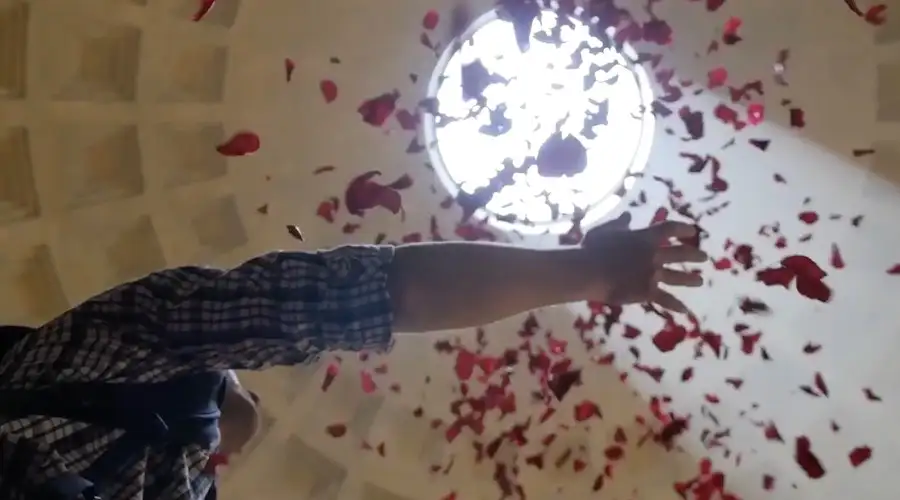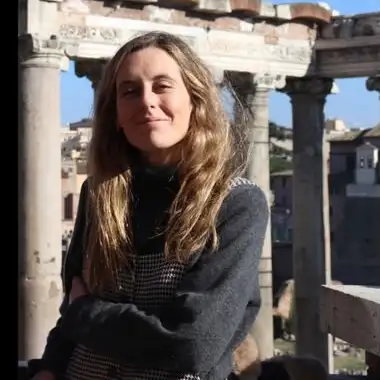
As every year on the Solemnity of Pentecost, hundreds of people wait from early in the morning for their turn to enter the Pantheon in Rome and contemplate the beautiful "rain" of rose petals.
The Pantheon of Agrippa is one of the most emblematic temples of the Eternal City. It was built in 27 BC and was a prominent place of worship dedicated to the pagan gods of ancient Rome.
In 608, Pope Boniface IV transferred the bones of the martyrs from the catacombs to this temple and thus became the Basilica of St. Mary of the Martyrs.
Undoubtedly, the most striking feature of this temple is its incredible architecture and the large central hole located in the vault from where, every Pentecost, thousands of red rose petals rain down as a symbol of the coming of the Holy Spirit on the Virgin Mary and the Apostles.
This beautiful tradition takes place around noon (Rome time) after a Mass, this year celebrated by Cardinal Seán Patrick O'Malley.
At the end of the ceremony, the firefighters of the city of Rome threw thousands of petals from above, making those fortunate enough to witness this extraordinary event shudder at such beauty.
This article was originally published on ACI Prensa.

Almudena Martínez-Bordiú is a graduate in Journalism and Advertising from CEU San Pablo University in Madrid, with studies at LUMSA in Rome. Former Vatican correspondent for ACI Prensa and EWTN. Now Europe correspondent based in Madrid, covering major Catholic events and Church affairs.







